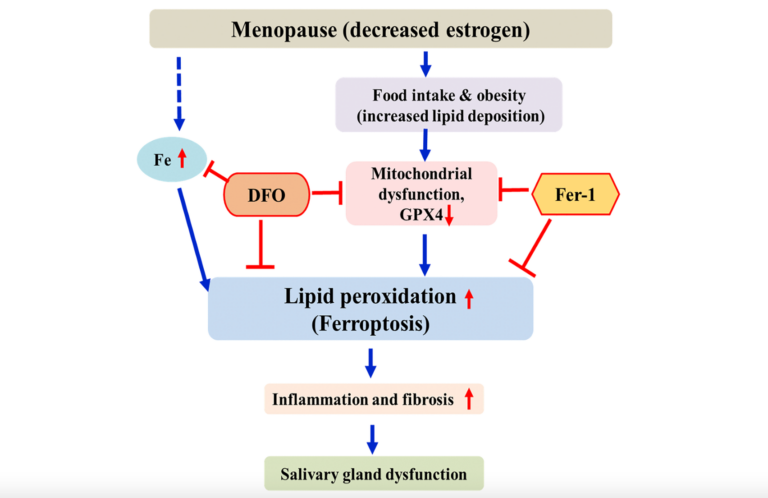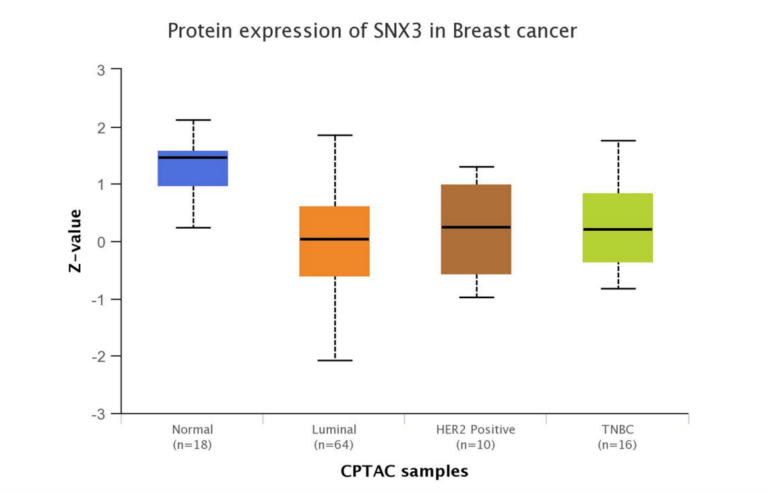Differential Silencing of STAT3 Isoforms Leads to Changes in STAT3 Activation
News, Oncotarget
April 26, 2023“Our study emphasizes the importance of distinguishing between STAT3α and STAT3β proteins and their active forms when discussing STAT3-related cancer diagnosis and therapy.”
BUFFALO, NY- April 26, 2023 – A new research paper was published in Oncotarget’s Volume 14 on April 24, 2023, entitled, “Differential silencing of STAT3 isoforms leads to changes in STAT3 activation.”
Signal transducer and activator of transcription 3 (STAT3) is a transcription factor involved in multiple fundamental biological processes and a key player in cancer development and progression. STAT3 is activated upon tyrosine phosphorylation and is constitutively active in various malignancies; therefore, the expression of phospho-STAT3 (pSTAT3) has been recognized as a predictor of poor survival. STAT3 encodes two alternatively-spliced STAT3 isoforms: the full-length STAT3α isoform and the truncated STAT3β isoform.
These isoforms have been suggested as the reason for the occasionally observed opposing roles of STAT3 in cancer: an oncogene, on one hand, and a tumor suppressor on the other. In this new study, researchers Inbal Shamir, Ilan Tsarfaty, Gidi Paret, and Yael Nevo-Caspi from Sheba Medical Center and Tel Aviv University investigated the roles of STAT3α and STAT3β in aggressive breast cancer. They manipulated endogenous STAT3 isoform expression and measured outcomes to mimic physiological changes more accurately.
“In this study we examined the roles of STAT3 isoforms using specific siRNAs that target either STAT3α or STAT3β. We used the MDA-MB-231 cell line which represents an aggressive and mortal subtype of breast cancer, in which STAT3 is overexpressed and constitutively activated [14].”
The team separately silenced each isoform in the MDA-MB-231 cell line and found that they affect each other’s activation, impacting cell viability, cytokine expression, and migration. Their results show that each of the isoforms affects the activation (i.e., phosphorylation) of the other isoform and leads to changes in the outcome of the cells. They conclude that both STAT3α and STAT3β play a crucial role in the function of STAT3. Distinguishing between the two isoforms and their active forms is crucial for STAT3-related cancer diagnosis and therapy.
“Referring to STAT3 as a single protein can lead to wrong conclusions, as they have different functions. Current STAT3 inhibitors target both isoforms, but this approach should be revised for better patient care. We present an endogenous mechanism that can shift the balance in a favorable direction, and we suggest developing treatments that mimic this mechanism could lead to new avenues for cancer therapy.”
Read the full paper: DOI: https://doi.org/10.18632/oncotarget.28412
Correspondence to: Yael Nevo-Caspi
Email: yael.caspi@sheba.health.gov.il
Keywords: STAT3, STAT3 isoforms, breast cancer, cancer diagnosis, cancer therapy
ONCOTARGET VIDEOS: YouTube | LabTube | Oncotarget.com
About Oncotarget: Oncotarget (a primarily oncology-focused, peer-reviewed, open access journal) aims to maximize research impact through insightful peer-review; eliminate borders between specialties by linking different fields of oncology, cancer research and biomedical sciences; and foster application of basic and clinical science.
To learn more about Oncotarget, visit Oncotarget.com and connect with us on social media:
Click here to subscribe to Oncotarget publication updates.
For media inquiries, please contact: media@impactjournals.com.

